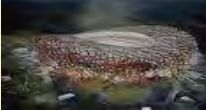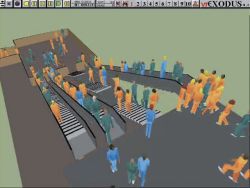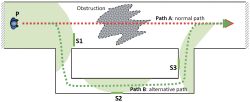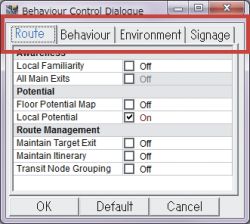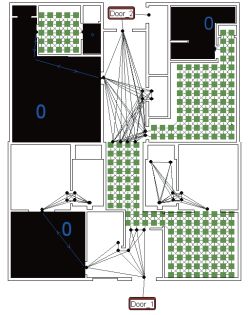| building EXODUS Ver.5, software used for evacuation simulation and crowd analysis developed by Fire Safety Engineering Group (FSEG) from University of Greenwich will be released. This new version is designed to simulate and analyze evacuation of large numbers of people from a variety of enclosed environment including the next generation architectural environment, enabling engineers to run simulation of pedestrian circulation in normal times and in the event of an emergency more flexibly within the same confines of their desktop. building EXODUS is considered to be one of the world’s leading design tool specialized to simulate evacuation of crowd from any types of building. Since its license was first sold in 1996, the software package is being used by engineering consultancies, architectural firms, research centers, regulatory agencies, police and fire departments, and universities in 37 countries in designing and analyzing evacuation situations in heavily populated buildings/places such as subway stations, skyscrapers, hospitals, shopping malls, schools, museums, air port terminals, stadiums, venue for an outdoor event, etc. building EXODUS is widely used to model efficient evacuation and crowd movement in both existing and new buildings. Recently, the software was used in fire/evacuation modeling research on the venue of the 2008 Summer Olympics in Beijing (Bird’s Nest) (Picture 1), investigation of Love Parade stampede and 9-11 WTC, and for the Statue of Liberty renovation.
Academic license price revision To satisfy our valuable customers’ request, we have decided to revise the discount price applicable to a purchase of 10 or more licenses at the same time. Please take advantage of this great opportunity. |
